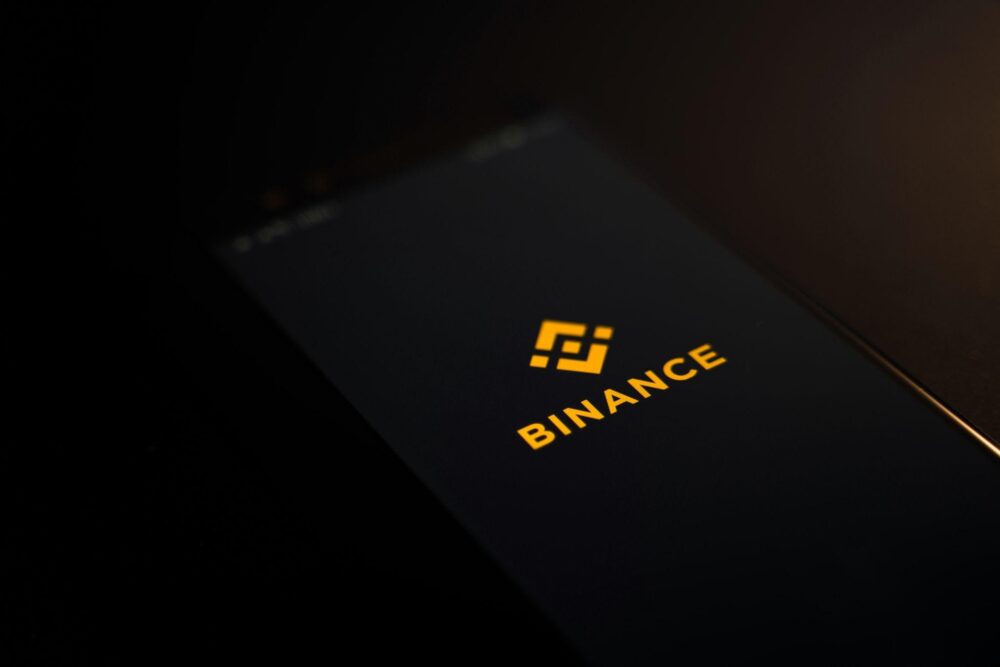The cryptocurrency market demonstrated significant resilience in September 2024, with a notable 8.0% increase in total market capitalization. This positive momentum was driven by favorable macroeconomic developments, including decisions by the Federal Reserve and the People’s Bank of China to lower interest rates. This, in turn, has boosted global stock markets and extended its benefits to the cryptocurrency space. However, caution prevails as market participants remain vigilant about future economic reports and central bank policy actions.
The US Federal Reserve’s decision to lower the federal funds rate by 50 basis points to a range of 4.75% to 5% and improving data on the US labor market have boosted confidence in financial markets. Additionally, China’s decision to inject 1 trillion yuan (about $142.5 billion) into its banking system to counter deflationary pressures has created a favorable environment for risk assets, including cryptocurrencies. currencies.
Despite these gains, market participants continue to monitor possible headwinds. Any negative economic data or changes in central bank policies could easily swing sentiment in the opposite direction.
One of the highlights of the market is Wrapped Bitcoin (wBTC), which has maintained its strong presence, with transaction activity reaching record levels in September. Weekly transactions exceeded 100,000 for the first time, ensuring wBTC’s dominance with over 65% market share. This comes despite growing competition from Coinbase’s cbBTC, among other players.
Although Wrapped Bitcoin has faced some controversy regarding its new custody model, its established brand and liquidity continue to secure its leading position in the market.
Ethereum, long celebrated for its deflationary status as an “ultrasonic currency,” saw its inflation rate reach 0.74% in September 2024, the highest level in two years. This shift away from deflationary dynamics has raised concerns in the market, especially as Ethereum continues to lose business to Layer 2 scaling solutions.
The Ethereum community is actively discussing strategies to return to deflationary status. However, the continued growth of layer 2 solutions and the reduction of gas fees make this challenge even more important. The Ethereum ecosystem may need to innovate more to balance growth between its mainnet and these layer 2 solutions.
Tokenization of real-world assets (RWA) continues to grow at a rapid pace. As of September 2024, the total value of on-chain RWA exceeded $12 billion, excluding the stablecoin market. Private credit, the largest sector in this space, accounted for 70% of the market, driven largely by fintech companies such as Figure, which focuses on lines of credit secured by home equity.
Tokenized Treasuries also saw substantial growth in 2024, growing from $769 million at the start of the year to over $2.2 billion in September. This has been fueled by the fact that US interest rates are at a 23-year high, making government-backed securities an attractive on-chain investment for many.
Security remains a major concern in the crypto space, with a total of $1.3 billion lost to hacks in 2024 so far. Centralized exchanges were hit hardest by the largest attacks, including Japan’s Bitcoin DMM, which lost $305 million, and India’s WazirX, which suffered a $235 million hack.
However, the loss trend has been steadily declining since 2021, when total losses from hacks exceeded $8 billion. As security protocols improve and exchanges adopt more robust measures, it is hoped that these losses will continue to decline over time.
Decentralized finance (DeFi) has also seen significant growth, with a 9.6% increase in total value locked (TVL) across major blockchains. Some of the best-performing channels include Sui, which saw a 60.7% increase, and Sei, which jumped 102% in September.
These chains have attracted considerable attention due to protocol upgrades, new incentive programs, and increased on-chain activity in lending, staking, and decentralized exchanges. For example, the Sui Network deployed a new consensus engine, Mysticeti, which significantly improved transaction speeds and reduced validator CPU requirements.
In contrast, the NFT market has faced a challenging environment over the past six months, with sales volumes down 21.2% in September to a total of $302 million. Major collections on Ethereum, such as CryptoPunks and Bored Ape Yacht Club, saw a significant drop in trading volume.
Despite some pockets of interest in Ordinals collections like Bitcoin Puppets and NodeMonkes, overall interest in NFTs appears to be waning as the market continues to seek new momentum.
Conclusion: cautious optimism in the face of challenges
Even though the cryptocurrency market posted solid performance in September 2024, driven by favorable macroeconomic developments, risks remain. Market participants should continue to stay informed about upcoming economic reports and central bank policies, as any negative news could quickly dampen the current optimism.
For now, Wrapped Bitcoin, Real-World Assets, and some DeFi projects are shining, while Ethereum and the NFT market are facing headwinds that could challenge their growth narratives going forward.
The path forward for the crypto market in 2024 will likely be shaped by global economic conditions, evolving security, and how the industry continues to innovate in a rapidly changing landscape.




